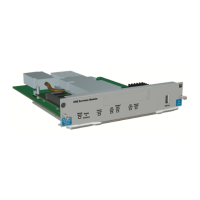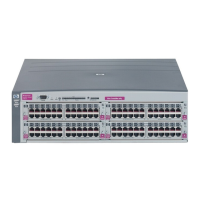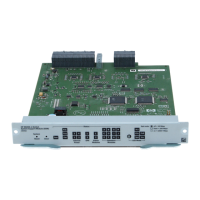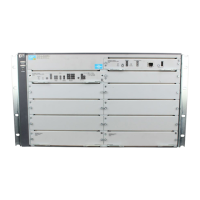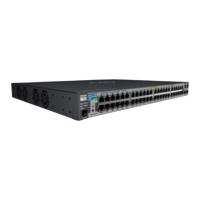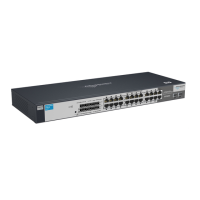Configuring Port-Based and Client-Based Access Control (802.1X)
Overview
the session total includes any sessions begun by the Web Authentication or
MAC Authentication features covered in chapter 4.) For more information,
refer to
“Option For Authenticator Ports: Configure Port-Security To Allow
Only 802.1X-Authenticated Devices” on page 10-40.
802.1X Port-Based Access Control
802.1X port-based access control provides port-level security that allows LAN
access only on ports where a single 802.1X-capable client (supplicant) has
entered authorized RADIUS user credentials. For reasons outlined below, this
option is recommended for applications where only one client at a time can
connect to the port. Using this option, the port processes all traffic as if it
comes from the same client. Thus, in a topology where multiple clients can
connect to the same port at the same time:
■ If the first client authenticates and opens the port, and then another client
authenticates, the port responds as if the original client has initiated a
reauthentication. With multiple clients authenticating on the port, the
RADIUS configuration response to the latest client authentication
replaces any other configuration from an earlier client authentication. If
all clients use the same configuration this should not be a problem. But if
the RADIUS server responds with different configurations for different
clients, then the last client authenticated will effectively lock out any
previously authenticated client. When any client to authenticate closes
its session, the port will also close and remain so until another client
successfully authenticates.
■ The most recent client authentication determines the untagged VLAN
membership for the port. Also, any client able to use the port can access
any tagged VLAN memberships statically configured on the port, provided
the client is configured to use the available, tagged VLAN memberships.
■ If the first client authenticates and opens the port, and then one or more
other clients connect without trying to authenticate, then the port config-
uration as determined by the original RADIUS response remains
unchanged and all such clients will have the same access as the authenti-
cated client. When the authenticated client closes the session, the port
will also be closed to any other, unauthenticated clients that may have
also been using the port.
This operation unblocks the port while an authenticated client session is in
progress. In topologies where simultaneous, multiple client access is possible
this can allow unauthorized and unauthenticated access by another client
while an authenticated client is using the port. If you want to allow only
authenticated clients on the port, then client-based access control (page
10-4)
should be used instead of port-based access control. Using the client-based
method enables you to specify up to 32 authenticated clients.
10-5

